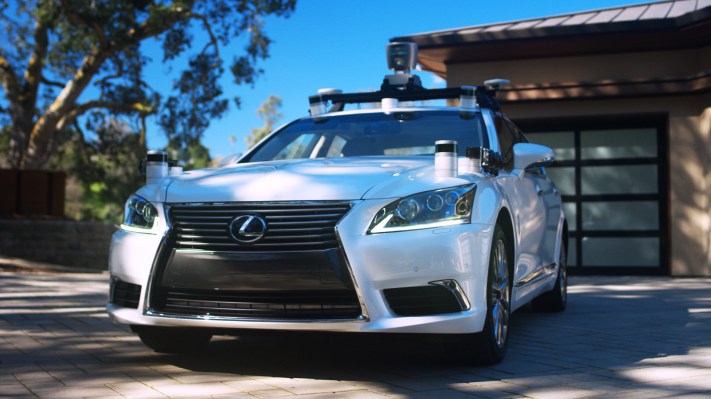Toyota’s Research Institute (TRI) houses some of the automakers most ambitious future-focused projects, and the R&D organization debuted its new second-generation autonomous safety technology research vehicle on Friday. The car debuted at Toyota’s Prius Challenge event in Sonoma, California, which is a Silicon Valley forum designed to bring entrepreneurs, roboticists and more together with TRI.
The new vehicle is also the first self-driving test platform built entirely by TRI, and its intended purpose is to help the research group test and explore a wide range of safety features and autonomous technologies. It’s loadout includes a drive-by-wire interface, as well as layered LiDAR, radar and camera sensors to reduce dependency on pre-populated high-def maps. It’s also designed to be fairly modular, meaning it can improve on the fly when upgrades to individual parts are available and can be swapped in.
Toyota’s first test car got its debut at CES in 2013, so the team has had some time to improve. The new Lexus LS 600hL upon which the car is based is just one of the more obvious examples of the changes. The vehicle is designed to help TRI pursue development of both its Chauffeur and Guardian systems, which are Level 5/Level 4 (fully autonomous) and very advanced driver assistance features, respectively.
Guardian’s goal is to clue in drivers when they’re needed to intervene, via active monitoring of the driver assistance, while handing control entirely for a significant percentage of time. The Guardian system has more near-term potential, according to TRI lead Gill Pratt, and could get much smarter over time with plenty of immediate life-saving potential before full autonomy via things like Chauffeur are feasible for broad deployment.
